The main challenges for eVTOLs lie mainly in technology, safety and acceptance by civil society.
Despite the many advantages of this type of transport, there is still a long way to go before it is significantly introduced into society. For this reason, we will now analyse the main challenges they will face:
The main challenges for eVTOLs lie mainly in technology, safety and acceptance by civil society
Technical/technological
eVTOL is the acronym for electric vertical take-off and landing and, as the name suggests, represents a type of aircraft that uses electric power to glide, take-off and land vertically. This type of aerial vehicle is made possible by significant advances in electric propulsion, ultra-efficient batteries, autonomous systems and manufacturing processes.
Electric motors are continually evolving with the aim of becoming more efficient, faster and more economical. Batteries are improving their durability, allowing aircraft to fly longer and longer distances.
Another of the objectives being worked on is the possibility of eliminating pilots, replacing them with systems that fly more autonomously, thus reducing weight and gaining space in terms of the number of passengers per aircraft. The autonomous flight of eVTOLs could considerably reduce costs, as there would be no need for pilot training or specific training to be able to fly this type of aircraft.
Population acceptance
The acceptance of eVTOLs by society will be influenced, among other things, by safety and noise. Safety must always be the top priority when developing a vehicle, no matter what type of vehicle it is. In the case of eVTOLs, being a more advanced and disruptive technology, a part of society may express reservations about their use as a means of transport due to the risks that their use could entail and the lack of familiarity with them.
Another aspect that may affect their acceptance is the noise that may be emitted by these aircraft, especially in urban areas. It is logical to think that the population will not want eVTOLs flying over their houses, especially if this involves excessive noise.
Safety/certification
Achieving certification of new technologies in the new urban air mobility (UAM) market is one of the main issues for manufacturers.
In the case of eVTOLs, being a different type of aircraft from traditional ones, aerospace agencies will have to adapt current government regulations to standardise the implementation of these aircraft.
Embention is a pioneer in the field of drone and eVTOL certification for UAM. In addition, our Veronte Autopilot 4x, a redundant flight control system designed for critical operations such as eVTOLs, has been designed under DO178C / ED-12 and DO254 avionics standards allowing certification for UAM. The system is environmentally tested according to DO160 / MIL-STD-810, MTBCF data and manufacturing reports. In addition, the redundant autopilot architecture has been designed to be robust to single points of failure, all contained in a miniaturised autopilot managed by a dissimilar arbiter.

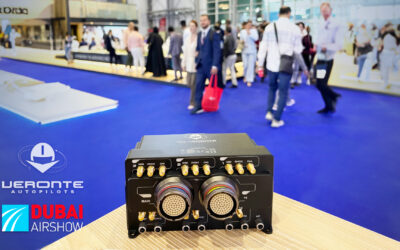

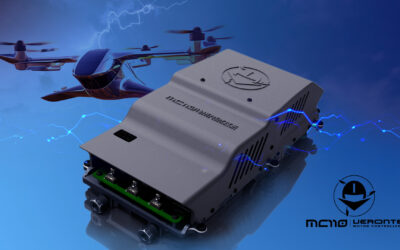


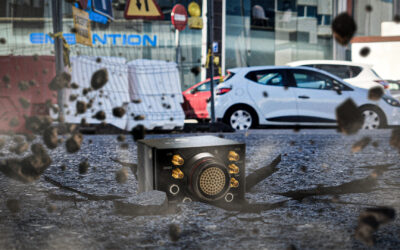

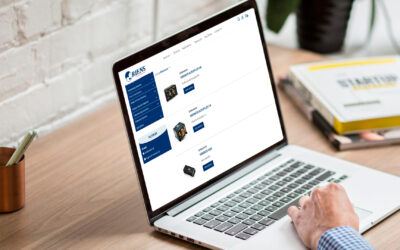
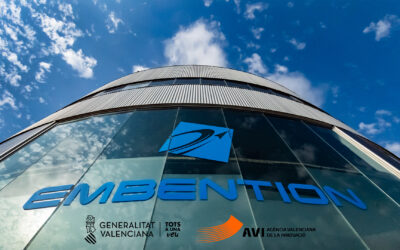

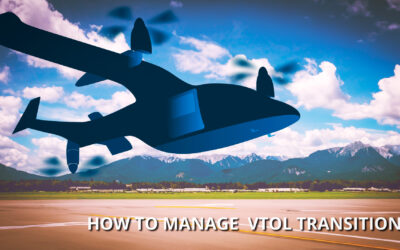
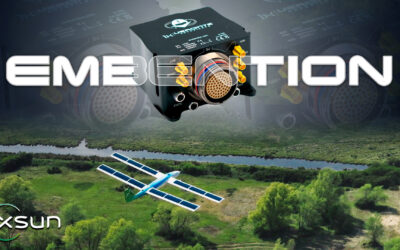

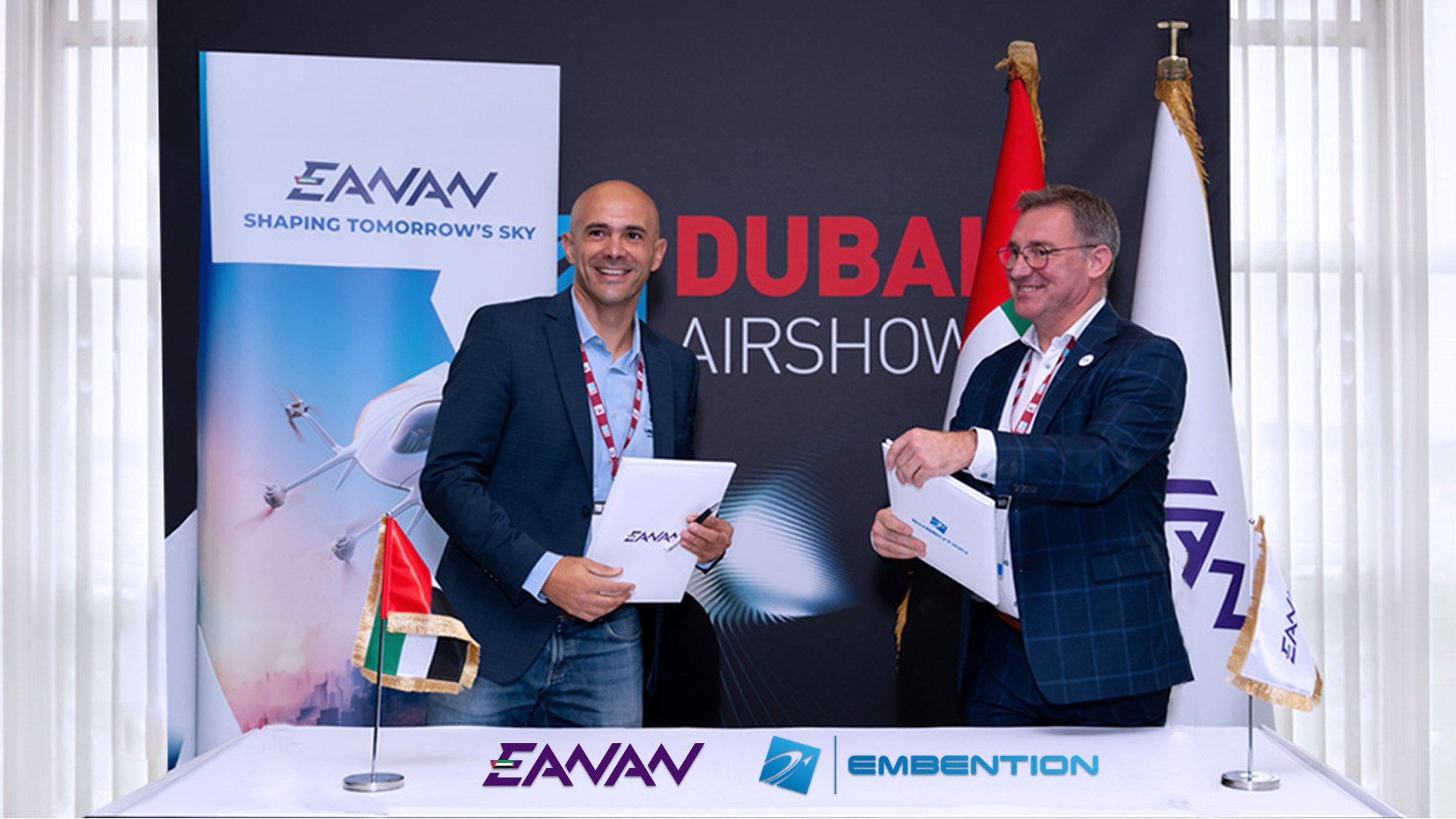
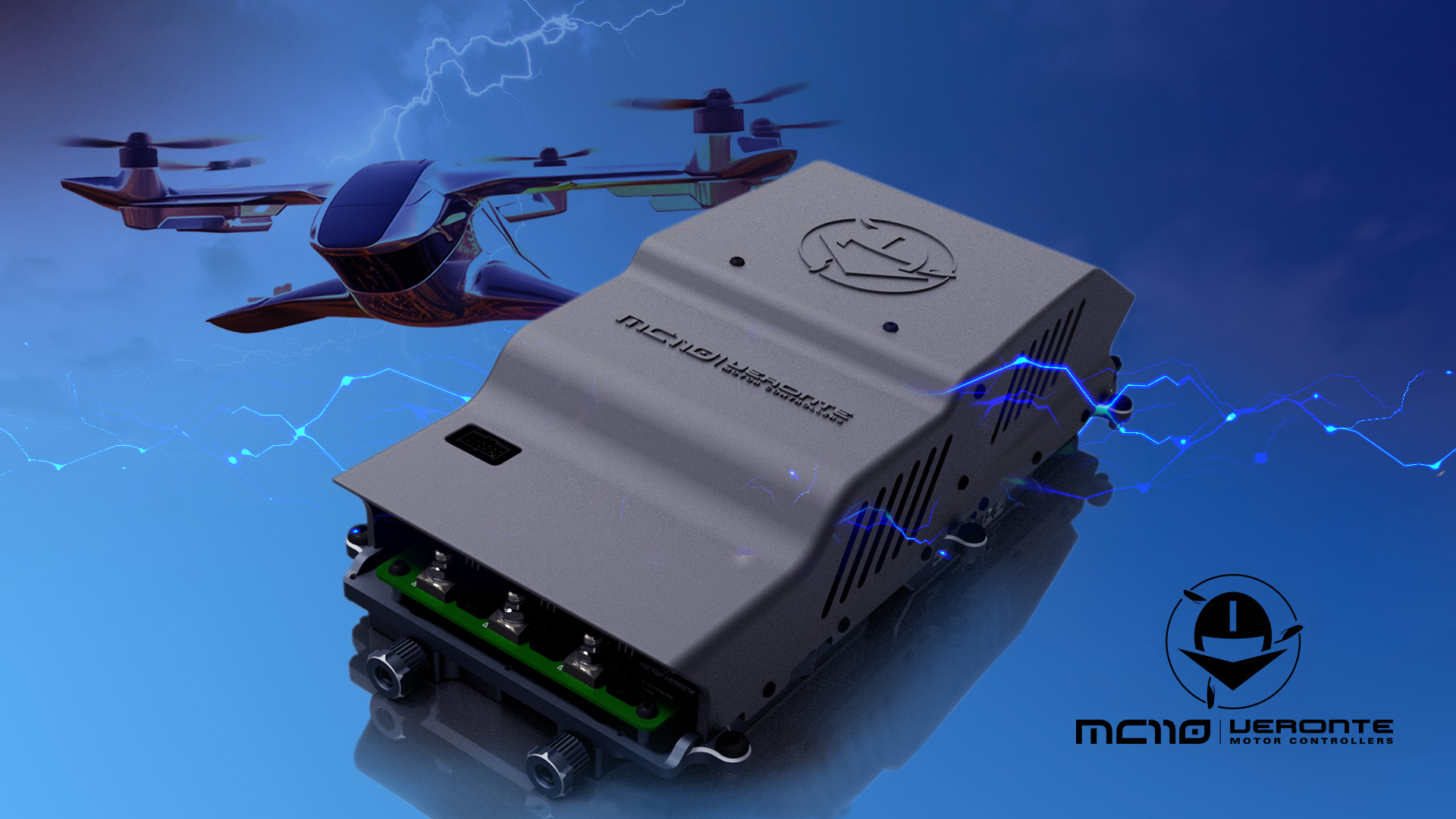
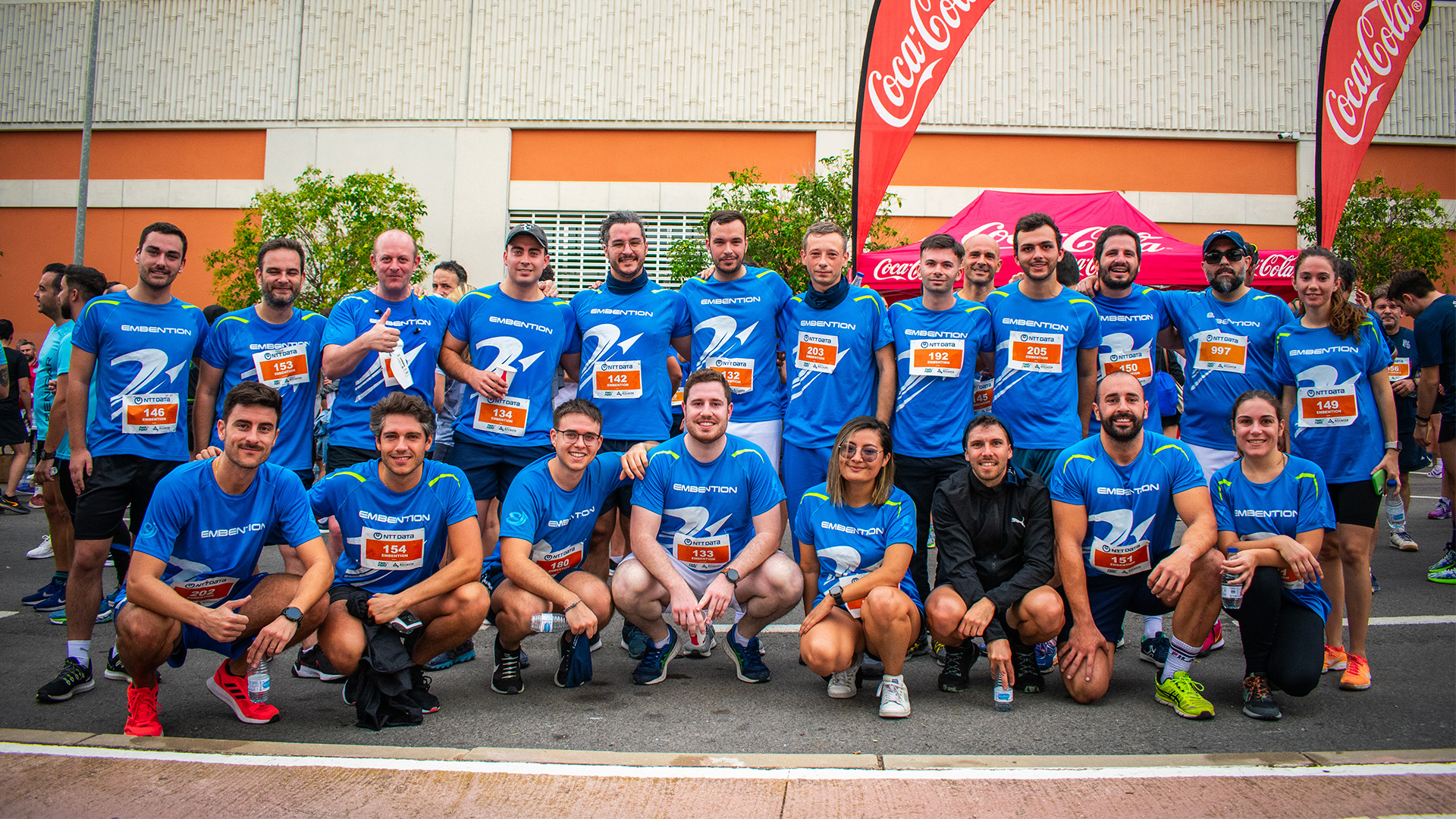
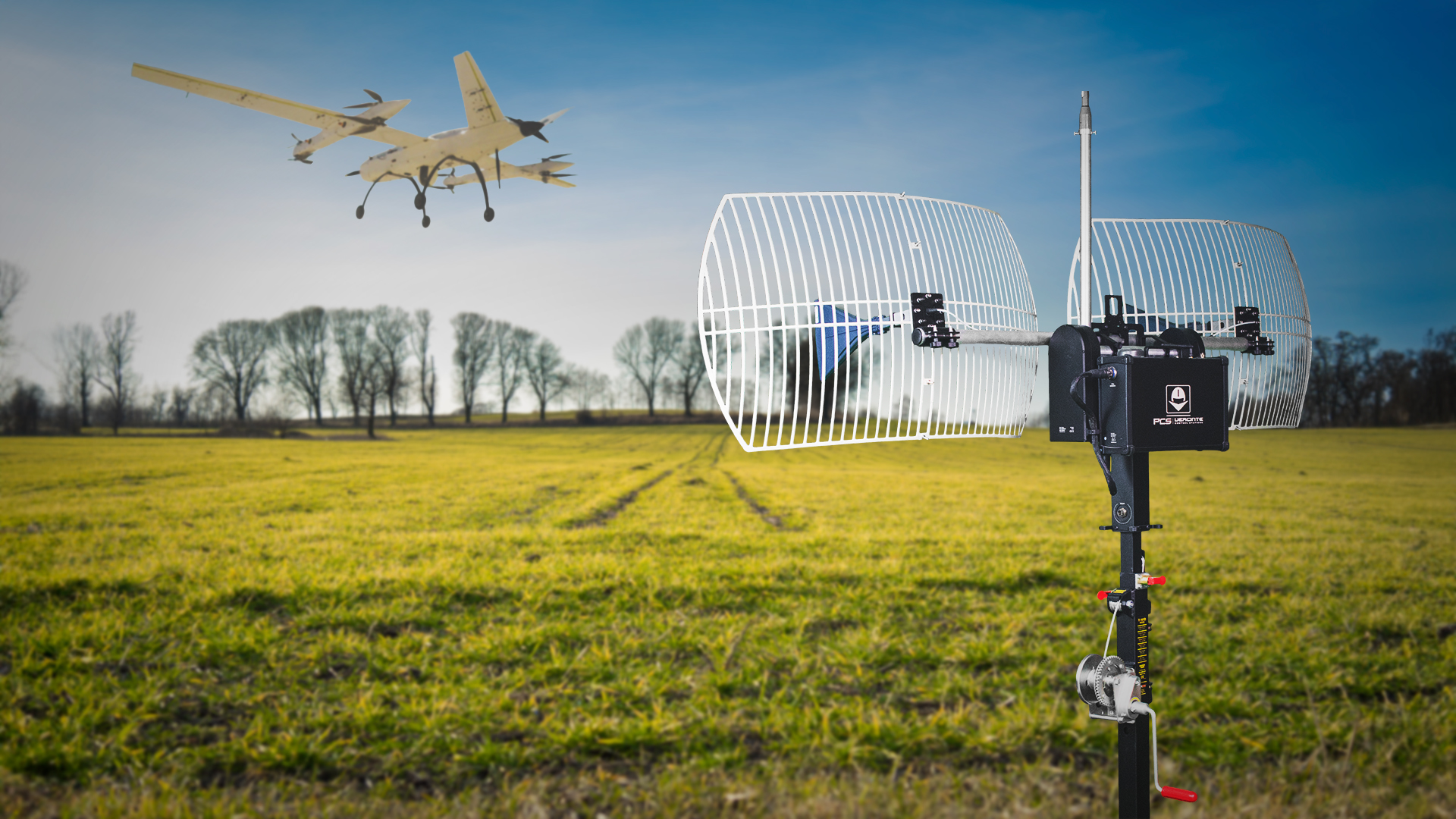

0 Comments